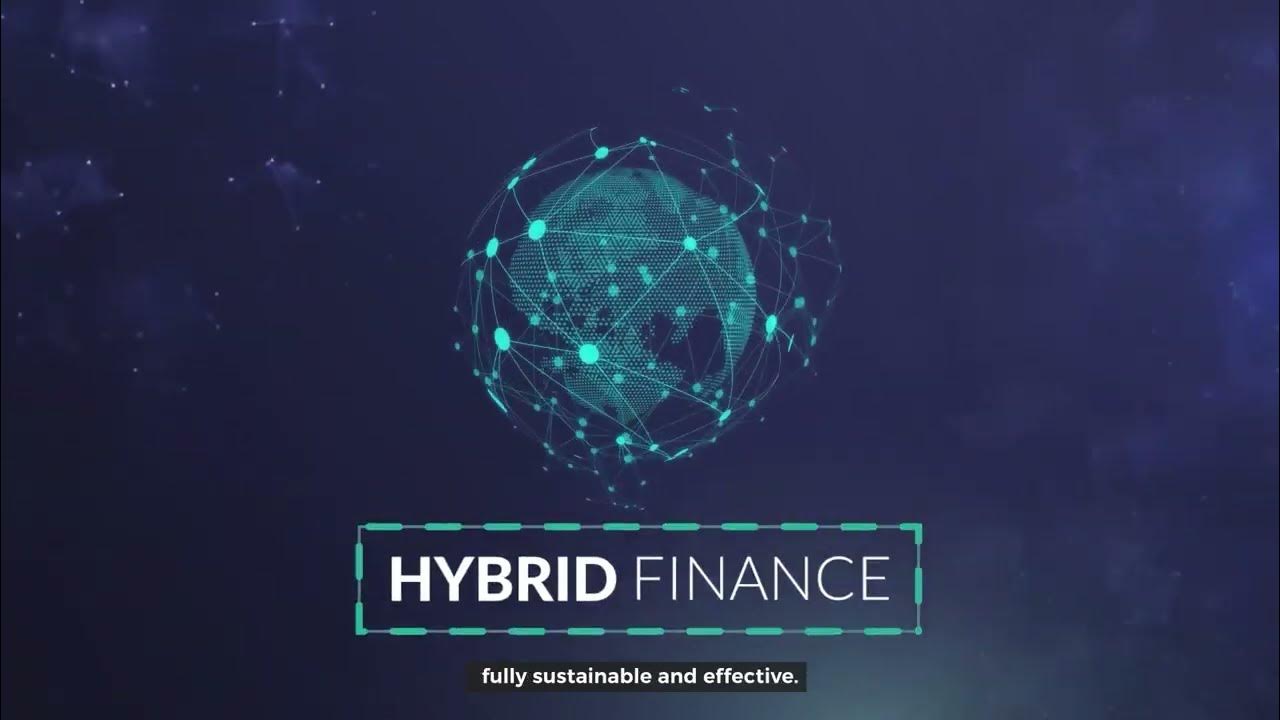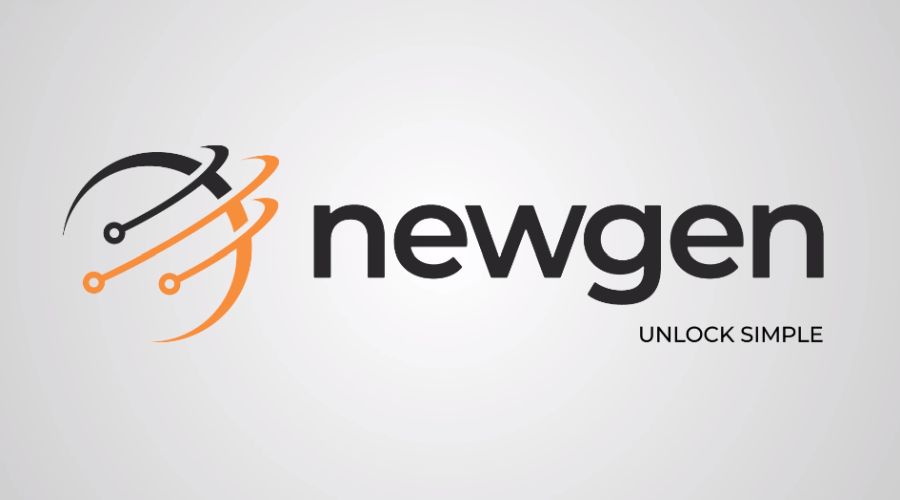According to a report, 42% of enterprises have shifted towards hybrid financial models to increase transparency and reduce costs. Nonetheless, traditional finance (CeFi) is burdened with exorbitant fees: the global cost of remittances sits at 6.24% on average and cross-border settlements are slow (1-5 days via SWIFT) and shrouded in opaque processes.
On the contrary, DeFi’s pledge of innovation is at odds with uncharted territories of regulation, the SEC’s legal actions against Uniswap, price fluctuations, and the complex technical details that 72% of companies consider obstacles.
Hybrids, or Hybrid Finance (HyFi), integrate components from both DeFi and CeFi in a manner that streamlines efficiency while maintaining regulation compliance like KYC checks, as seen on platforms like Compound Treasury.
What is Hybrid Finance (HyFi)?
HyFi unites the security of the traditional financing system with the innovative realms of blockchain technology. Picture this: banks use strict identity checks (like KYC) and anti-money laundering rules to keep things safe, while blockchain’s automated “smart contracts” handle transactions instantly.
HyFi also introduces tools like regulated stablecoins (e.g., USDC, pegged to the dollar) that marry traditional currency stability with blockchain speed.
It even lets businesses move assets smoothly between different blockchains (think of platforms like Polkadot) and store digital funds in ultra-secure systems trusted by big institutions like Fireblocks. Unlike old-school finance’s delays or DeFi’s wild-west risks, HyFi strikes a balance. Think of it as the best of both worlds.
Why HyFi Matters for Businesses
Combining cryptocurrency with traditional banking has its advantages. Businesses can save expenses, enhance trust, and comply with current laws with HyFi.
Regulatory Compliance Meets Innovation
Hybrid Finance (HyFi) allows companies to adopt new technologies such as blockchain while remaining compliant with pertinent legislation. HyFi strikes a balance between remaining legal and being innovative.
For instance, proving a company has the money it claims using Chainlink’s Proof-of-Reserve tools is done automatically and in real-time.
This makes it easier to follow strict rules, like the EU’s MiCA laws, while still exploring modern finance.
Even large institutions like BNY Mellon are HyFi adopters now, showcasing that it is possible to remain compliant while still gaining competitive advantage. It’s the best of both worlds: smart and safe tech combined with legal peace of mind.
Cost Efficiency & Scalability
HyFi is cost-effective and enhances rapid growth for businesses. Just as blockchain technology is low cost and fast, HyFi incorporates trust and reach with the traditional finance system.
Some banks have already adopted HyFi as a way to send money across the border (with zero wait time) and at a fraction of the cost.
Using HyFi technology, Visa created a brand new system that manages company payments worth billions. Smaller businesses can now easily and cheaply send money around the world.
They can receive fast and effortless payments that can be adjusted easily based on the demand to match the scale of their business, unlike before when they spent time and money.
Enhanced Security & Transparency
With HyFi, businesses get strong security and clear records. Think of it like a safe with a glass door where nothing can be stolen, but everyone can see what’s inside.
HyFi uses blockchain to show every transaction in real-time, while still using secure tools from traditional finance. That’s why companies like Fidelity switched after crypto failures like FTX.
They wanted a system that protects funds but also keeps things visible and honest. HyFi makes sure no one’s hiding anything, and it’s way harder for scams or hacks to happen. It’s about trust, safety, and being open.
Access to Global Liquidity Pools
HyFi gives businesses access to huge amounts of money from all over the world. It connects regular finance with decentralized platforms where billions sit ready to be used.
Let’s say a company wants to invest or borrow, HyFi helps them tap into that global pool without breaking rules.
Platforms like Aave Arc let approved businesses earn interest safely, and firms like BlackRock already use HyFi to grow money in tokenized bonds. So even if a business is small, it can now play on a big global stage and get funds, invest smartly, and grow without old barriers.
Real-World Use Cases
HyFi isn’t just theory, it’s changing how businesses run daily. From treasury to supply chains to tokenized assets, here’s how real companies are using HyFi to grow smarter and faster:
Enterprise Treasury Management
Hybrid Finance is transforming how companies manage their cash and investments. For instance, MakerDAO, a decentralized organization, has allocated $2.2 billion of its $5 billion assets into the U.S.
Treasuries, utilizing tokenized versions to earn stable yields while maintaining on-chain liquidity. This approach allows for efficient capital allocation, combining the stability of traditional assets with the flexibility of blockchain.
Similarly, Abu Dhabi’s realize T-BILLS Fund tokenizes the U.S. Treasury ETFs, aiming for a $200 million fund, providing investors with digital tokens that represent real-world assets.
Supply Chain Finance
Hybrid Finance is revolutionizing supply chain operations by integrating blockchain technology with traditional financial systems.
This fusion enhances transparency, reduces fraud, and improves efficiency.
For instance, companies like Ant Financial and Suning Financial have implemented “blockchain + supply chain finance” models, enabling secure information sharing across the supply chain and reducing financing costs for SMEs.
Additionally, the adoption of hybrid blockchain platforms allows businesses to gain comprehensive visibility into logistics systems, inventory, and invoicing processes, leading to improved trust and operational efficiency.
Tokenized Assets
Tokenization is exploding, with the market projected to hit 16 trillion by 2030. BlackRock’s BUIDL fund, a tokenized U.S. Treasury product has already attracted 78 million, offering investors 24/7 liquidity and fractional ownership.
Asset Tokenization Estimates | Source: BCG
Similarly, Plume Network, a blockchain built exclusively for real-world assets (RWAs) hosts 4B in tokenized assets, from luxury real estate to fine art, enabling retail investors to buy shares as small as $100.
Even legacy institutions like Fidelity now offer tokenized bonds, merging TradFi’s credibility with DeFi’s accessibility. This shift, driven by the EU’s MiCA regulation, ensures compliance while unlocking global liquidity.
Challenges & Risks in Hybrid Finance (HyFi)
HyFi offers big benefits, but it’s not without its bumps. From legal uncertainty to tech headaches and market swings, here are the key challenges businesses must navigate in this new space:
Regulatory Gray Areas
One of the biggest challenges in HyFi is dealing with uncertain regulations. As blockchain technology and decentralized finance grow, governments are struggling to keep up.
The European Union’s MiCA regulation is attempting to fill some gaps, but businesses still face confusion about how to comply with both traditional and new rules.
In the U.S., the SEC is cracking down on DeFi platforms like Uniswap, raising questions about how hybrid systems, which mix traditional finance and blockchain, will be regulated. This uncertainty slows down the adoption of HyFi and makes businesses cautious about full-scale implementation.
Technical Complexity
HyFi is complex because it requires the integration of blockchain with legacy systems that weren’t built for decentralized networks.
For businesses, this means dealing with technical problems like slow transaction speeds, incompatible software, and ensuring transparency while syncing blockchain with older databases.
For instance, when Toyota adopted HyFi for its supply chain, it took over a year and cost millions to update more than 20 old systems to work with blockchain. This technical difficulty can delay projects, increase costs, and make it harder for businesses to fully embrace the benefits of HyFi solutions.
Market Volatility
HyFi platforms still face the risk of volatility, especially when they involve cryptocurrencies. While stablecoins like USDC are designed to be stable, they’re still linked to assets like U.S. Treasury bonds or crypto, which can be unpredictable.
Bitcoin’s dramatic price swings are a good example of this. HyFi aims to reduce some of this volatility by using stablecoins and tokenized assets, but these systems are still affected by market fluctuations.
Studies show that businesses using HyFi stablecoins saw fewer losses from volatility than those relying solely on DeFi, but the risk is far from gone.
Conclusion
Hybrid Finance (HyFi) isn’t a passing trend. It’s the inevitable next step in finance. By merging the security of traditional systems with blockchain’s innovation, businesses like JPMorgan and Fidelity are already slashing costs, ensuring compliance, and accessing global liquidity. As the EU’s MiCA framework solidifies HyFi’s role, companies delaying adoption risk falling behind.






